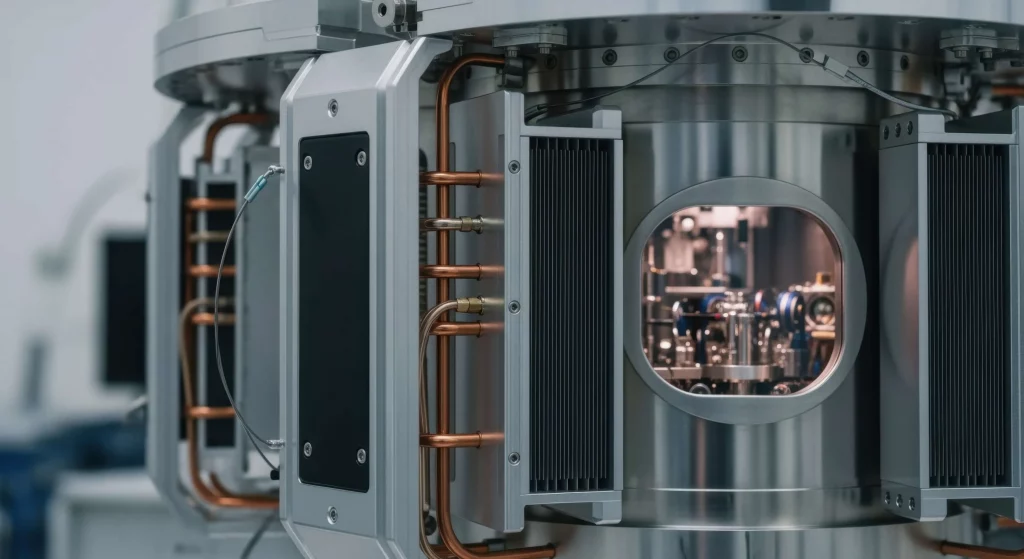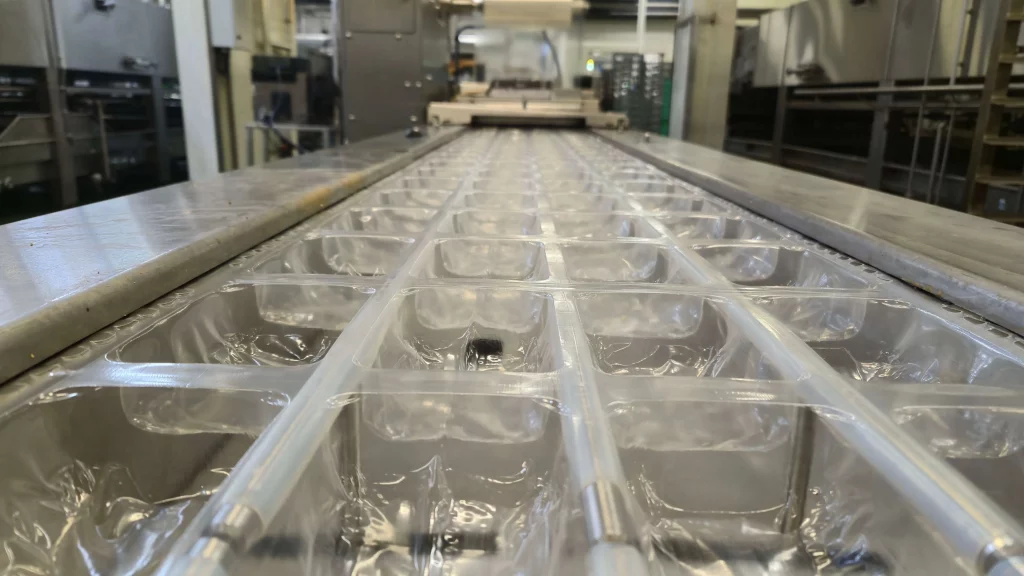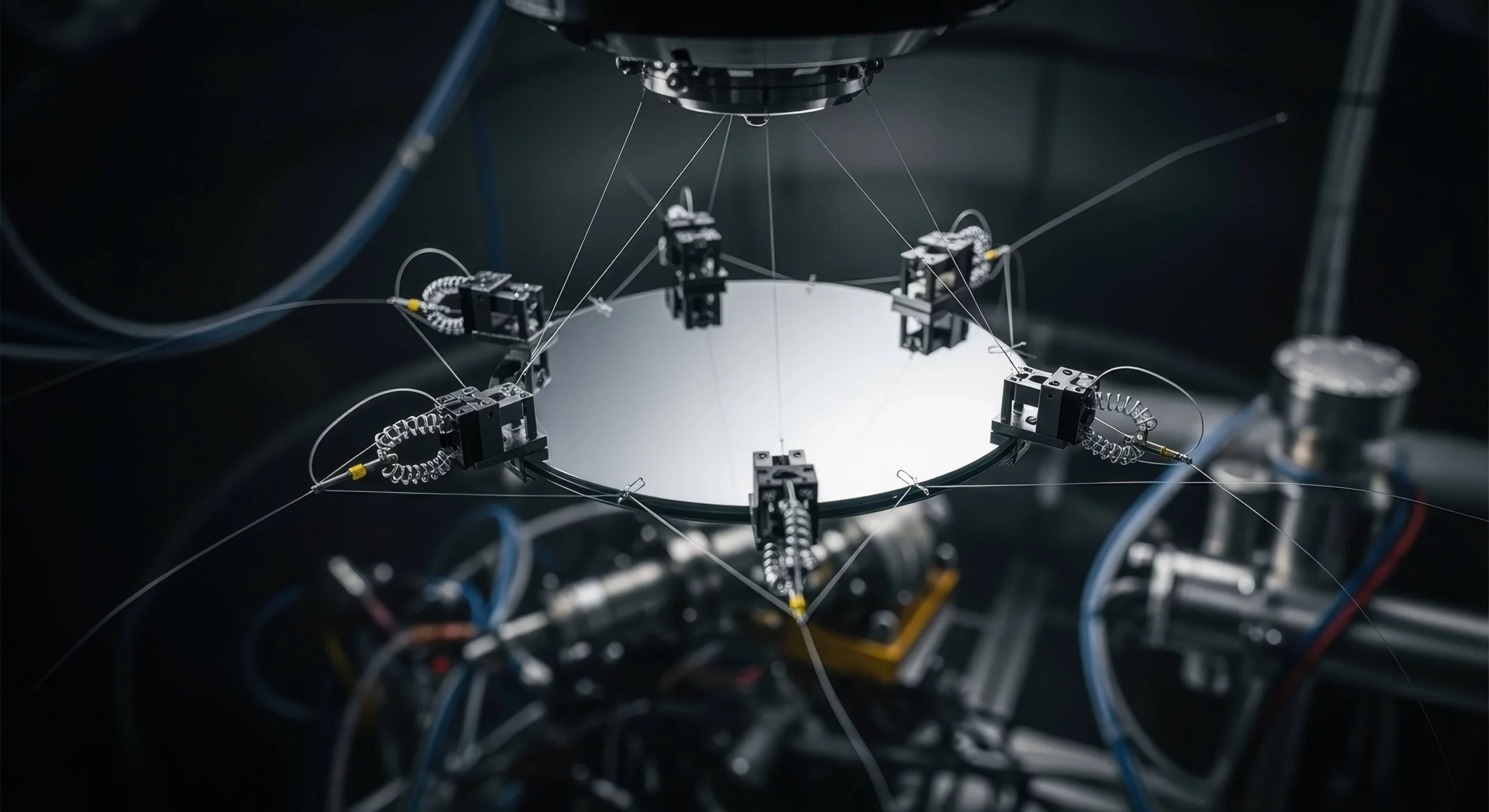What is a vacuum?

A vacuum is a space that contains extremely few particles of matter, resulting in a pressure significantly lower than the atmospheric pressure at sea level. In simple terms, a vacuum represents an environment where air and other gases are largely removed. The vacuum definition is therefore closely tied to the absence of matter, but in practice, a perfect vacuum, completely free of particles, does not exist. Instead, different levels of vacuum can be achieved depending on the pressure that remains within the space.
Meaning and physical properties
How is a vacuum created?
In vacuum science, the physical properties of a vacuum depend on the remaining gas molecules and the resulting vacuum pressure. The lower the pressure, the higher the quality of the vacuum. Depending on the pressure range, we differentiate between low vacuum, medium vacuum, high vacuum, and ultra-high vacuum. In these environments, the density of molecules becomes so small that heat transfer, sound propagation, and chemical reactions occur much less efficiently than under normal atmospheric conditions.
A vacuum can be created by removing air or other gases from a sealed chamber. This process is typically achieved using mechanical or diffusion pumps. Mechanical vacuum pumps, such as rotary vane or diaphragm pumps, are used for low and medium vacuums. For high or ultra-high vacuum levels, turbomolecular or ion pumps are required. The efficiency of these systems depends on factors such as the chamber’s tightness, material permeability, and temperature.
Why is a vacuum important in science and technology?
Vacuum environments are indispensable across many areas of research and industrial production. In physics and materials science, vacuum pressure plays a crucial role in experiments where gas molecules would otherwise interfere with measurements. In the semiconductor industry, processes such as coating, etching, and deposition can only occur under controlled vacuum conditions. In medical technology and aerospace applications, vacuum science enables precise and reliable measurements of pressure and flow. For example, vacuum insulation technology is used in cryogenics and in maintaining sterile environments for biological research.

How is vacuum measured?

The vacuum pressure is measured relative to atmospheric pressure, using a vacuum pressure meter (also known as a vacuum gauge). Depending on the vacuum range, different measurement principles are applied. For rough vacuums, mechanical Bourdon gauges or diaphragm gauges are common. For high and ultra-high vacuums, ionization gauges are used to determine the remaining gas density by measuring the number of ionized particles.
What is a partial vacuum and can you feel it?
States and characteristics of a vacuum
A partial vacuum occurs when only part of the air or gas has been removed from an enclosed space. In everyday life, we encounter partial vacuums in vacuum packaging or suction devices. Humans cannot directly feel a vacuum — what we perceive instead is the effect of external pressure when it is not balanced by internal air, as seen when a sealed container collapses under atmospheric pressure.
A vacuum can exist in different states depending on the pressure level and temperature. In thermodynamics, the concept of vacuum is closely related to absolute zero pressure, where all molecular motion would cease. However, in practice, the achievable vacuum always contains some residual gas particles and outgassing from surfaces.
Conclusion: The significance of vacuum technology
Understanding what a vacuum is and how it behaves is fundamental to modern science and engineering. From electron microscopy to space simulation and semiconductor manufacturing, vacuum environments make technological progress possible. At All Sensors, precise vacuum pressure measurement solutions support the control and optimization of such applications. Learn more about our sensor technologies and discover how accurate pressure measurement enables innovation in vacuum science.
